
There’s a certain joy in working with found foods. Perhaps it’s their simplicity, or because they awake our appreciation for nature. As we move through the season of giving thanks, these foods remind us not only of nature’s bounty but also of our own sense of resilience and connection to the land. If we forage these foods, they help us slow down and cultivate gratitude for the nature as we take time to look for them.
Berries, herbs, and other plants that carpet the forest floor not only sustain the forest ecosystem, but they can serve as forage-able food sources for us.
Highly prized among these are an endless variety of mushrooms with their earthy, nutty, and umami flavors. Chanterelles, pine, and lobster mushrooms are just some of the wild mushrooms that can be foraged in November—making them an ideal addition to a Thanksgiving feast.
Before gathering those prized mushrooms, you need to be sure about how to identify the different species, as some wild mushrooms are toxic. If you’re a first-time forager, it’s essential to seek out an experienced forager to guide you or take a course on mushroom identification. You can also look to your local farmers’ market to support local foragers who’ve already done the gathering for you.
Beyond mushrooms, the forest contains a multitude of plants and wildlife that can sustain and support us.
Nuts and berries not only impart delicious flavor, but they’re also sources of fiber, essential vitamins, and other nutrients. Think of wild rosehips, better picked after the first frost, which are high in vitamin C and can be used to make a delicious syrup or jelly or consumed as a tea.
Wild juniper, with its piney flavor, makes a brilliant marinade for game meats. And wild game meats like elk and venison are lean and delicious sources of protein.
Even if you’re not a forager or you’re not ready to comb the forest floor for your dinner, you can easily take inspiration from these recipes, most of which feature ingredients that are easy to find commercially. Read on to discover five recipes that will bring just a little bit of the wilderness to your Thanksgiving table.
Roasted Venison Rack with Cloves, Juniper, Allspice, and Star Anise
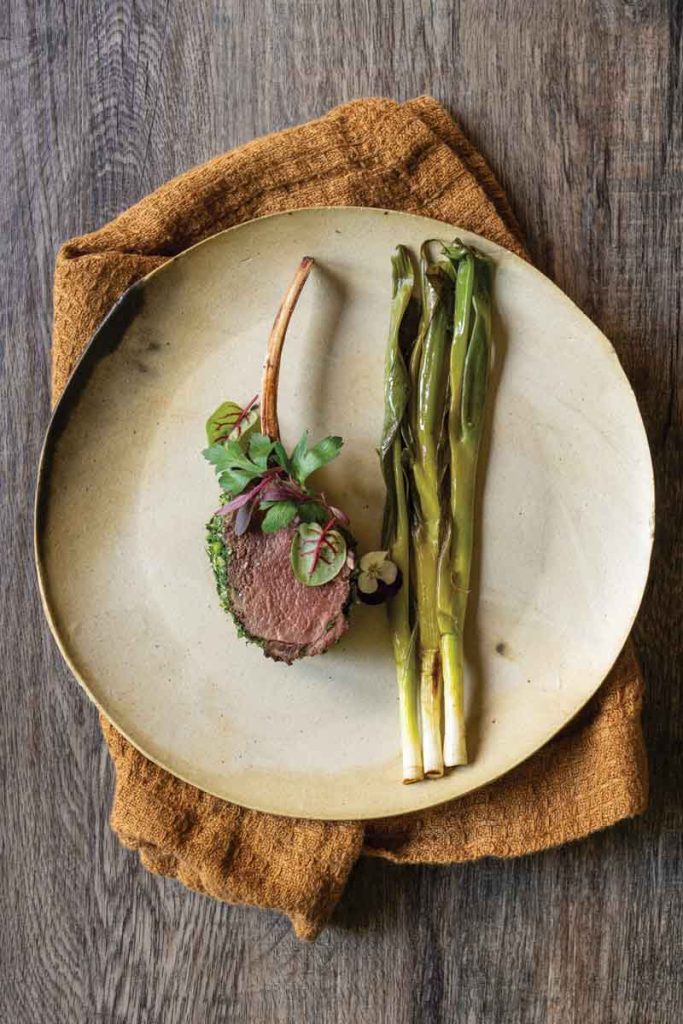
These hearty chops are ample and satisfying, and just one is a plentiful serving per person. Here, venison’s traditional forest pairing with juniper is combined with other flavorful aromatics—cloves, allspice, and star anise—to create a subtle and fragrant combination. Venison is a lean, nutritious meat and, because it has less fat than beef, it’s best served medium rare.
Cannellini Beans with Wild Mushrooms
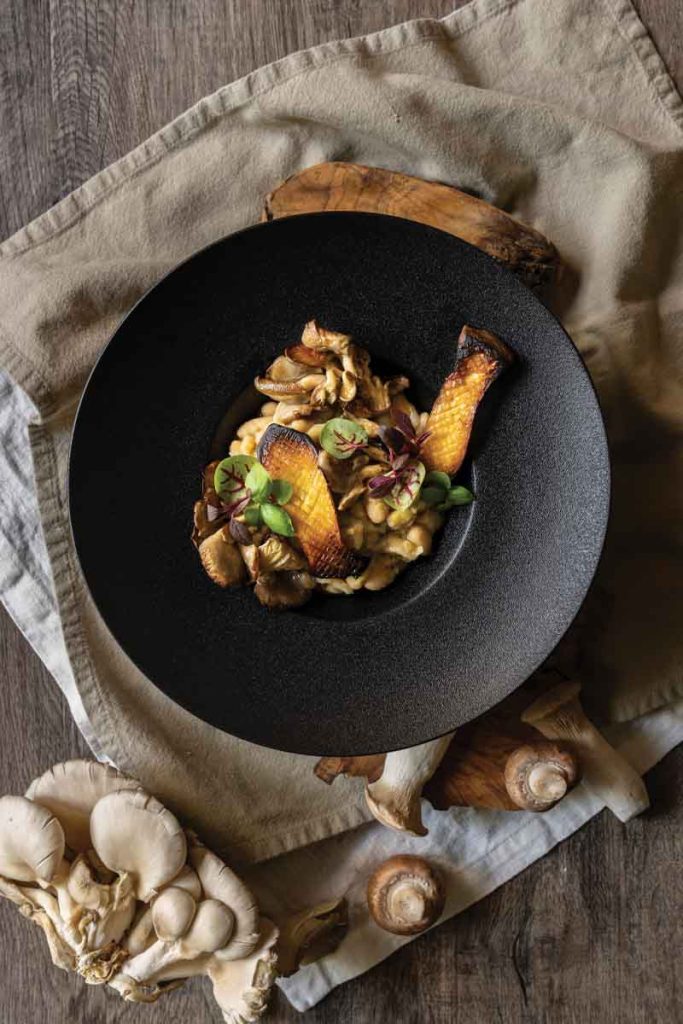
When we think of food from the forest, wild mushrooms are often the first ingredient that springs to mind. Indeed, the forest offers plenty of options in both spring and fall. For this recipe, we use a medley of wild mushrooms in season, such as chanterelles, pine mushrooms, or lobed oyster mushrooms. The mushrooms are seared and finished with sherry vinegar to bring out their umami flavor and served atop a rich bean stew.
Elk Meatball and Wild Mushroom Stew
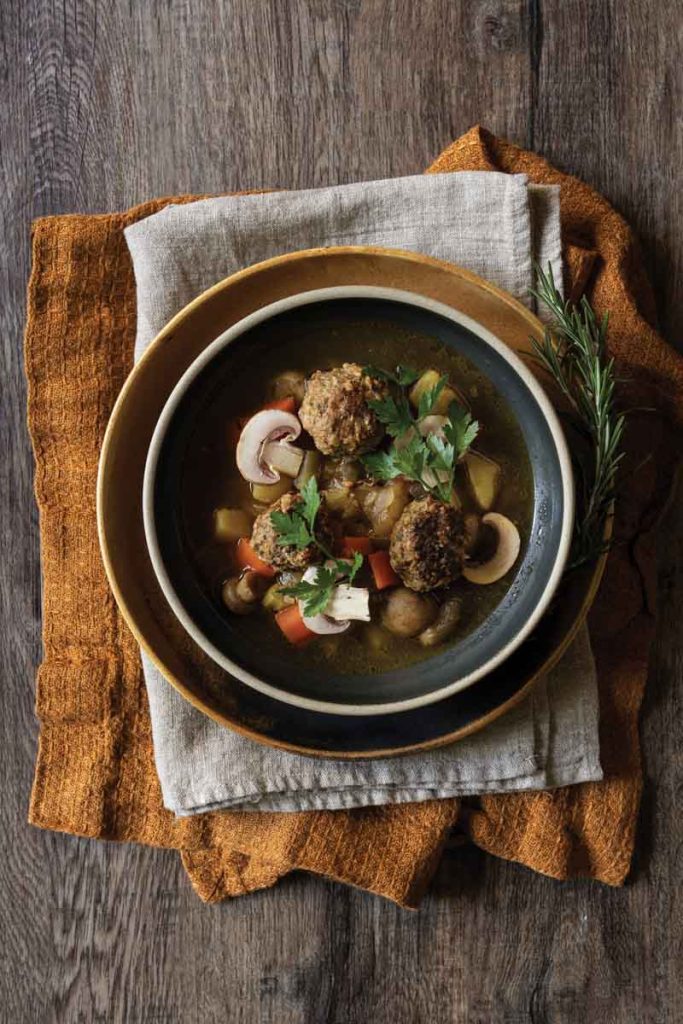
This winter stew has a thin, light broth that’s full of rich flavor sure to warm you up on a chilly day. Compared to beef, elk has a slightly richer, sweeter taste and is also leaner and higher in protein. This dish leans into that sweet taste with meatballs flavored with cumin, paprika, and cinnamon, briefly seared and then allowed to gently simmer in a broth with carrots, celery, and onion.
Brussels Sprouts with Orange, Ginger, and Walnuts
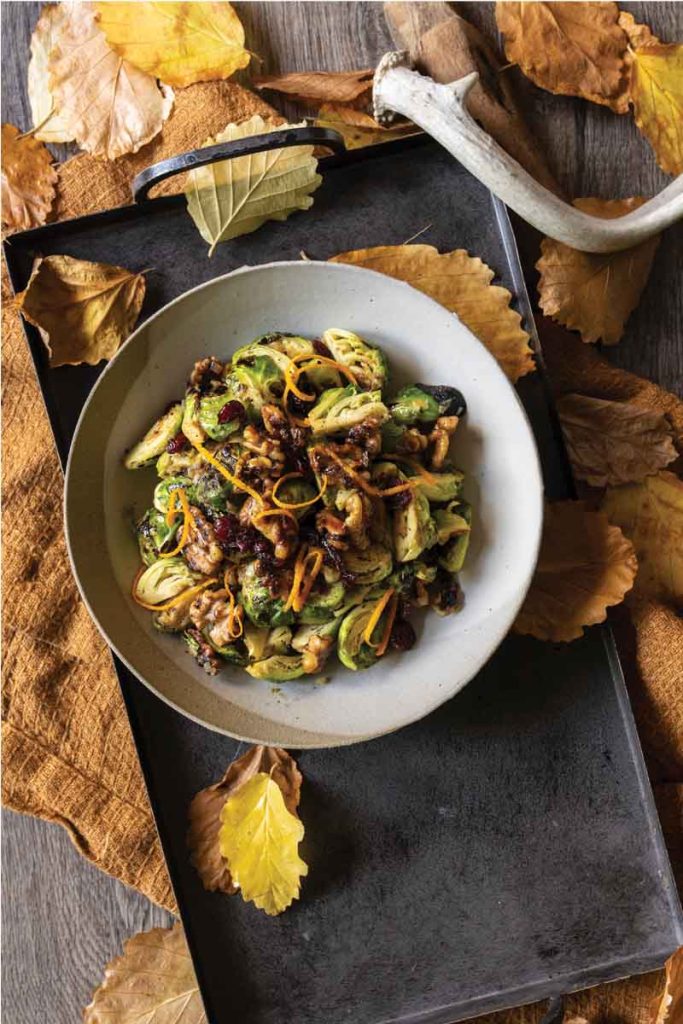
Forest meets field in this hearty, flavorful dish that’s perfect for winter weather. Here, Brussels sprouts are loaded with zingy freshly grated ginger; kissed with sweet orange; and finished with a delicious topping of sweet, toasted walnuts and tart, dried cranberries for the perfect balance of sweet, savory, and bright.
Chocolate “Charcuterie” with Juniper Berries and Hazelnuts
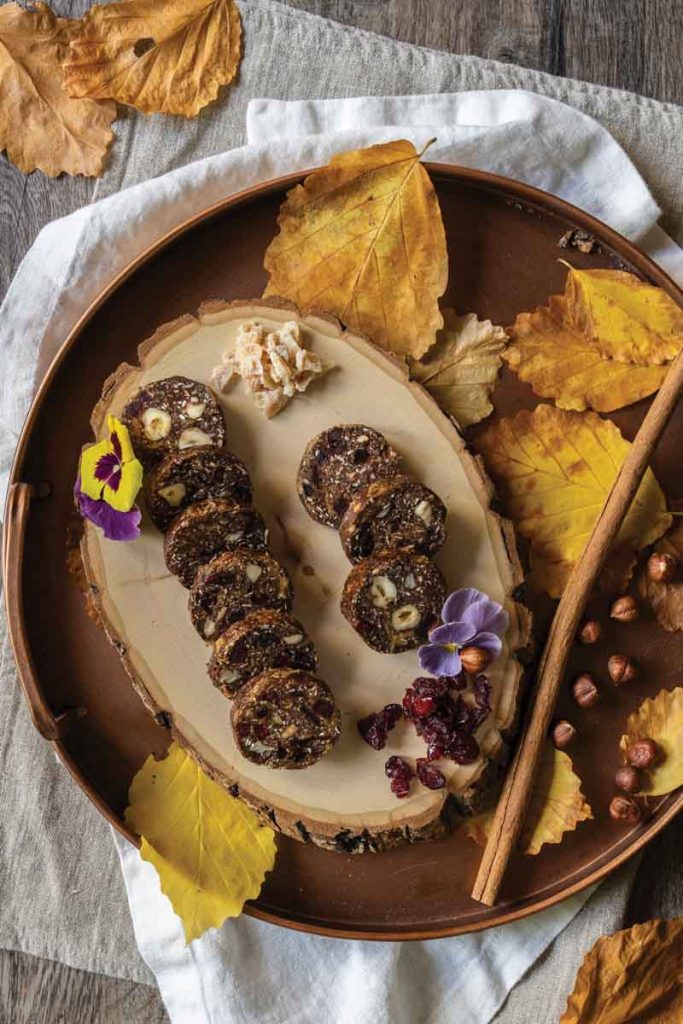
This energy-packed mixture of oats, hempseeds, and peanut butter is studded with hazelnuts, ginger, and cranberries and is also flavored with piney juniper. Rolled into a log and cut into slices, it’s a sweet visual play on a cured sausage. Not only does it make a brilliant dessert, but it’s a great pack-along for a walk in the forest.
This collection originally appeared on alive.com as “Food from the Forest.”